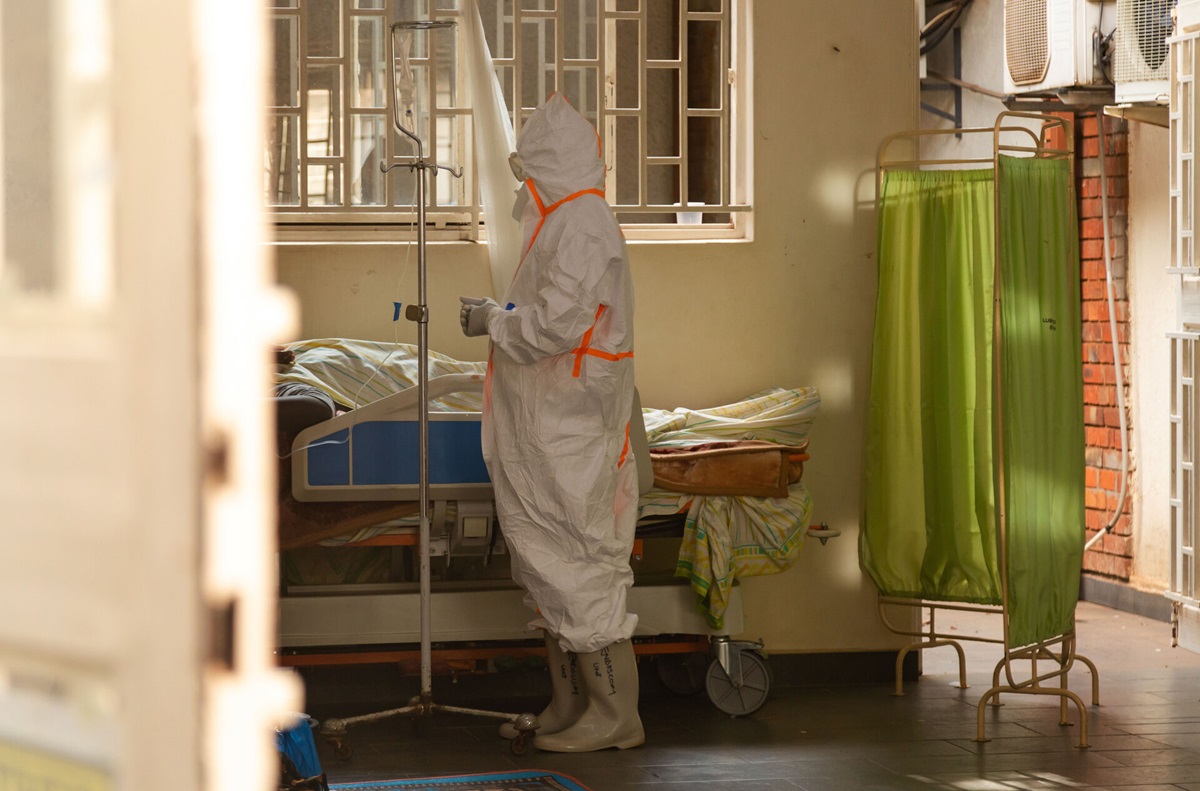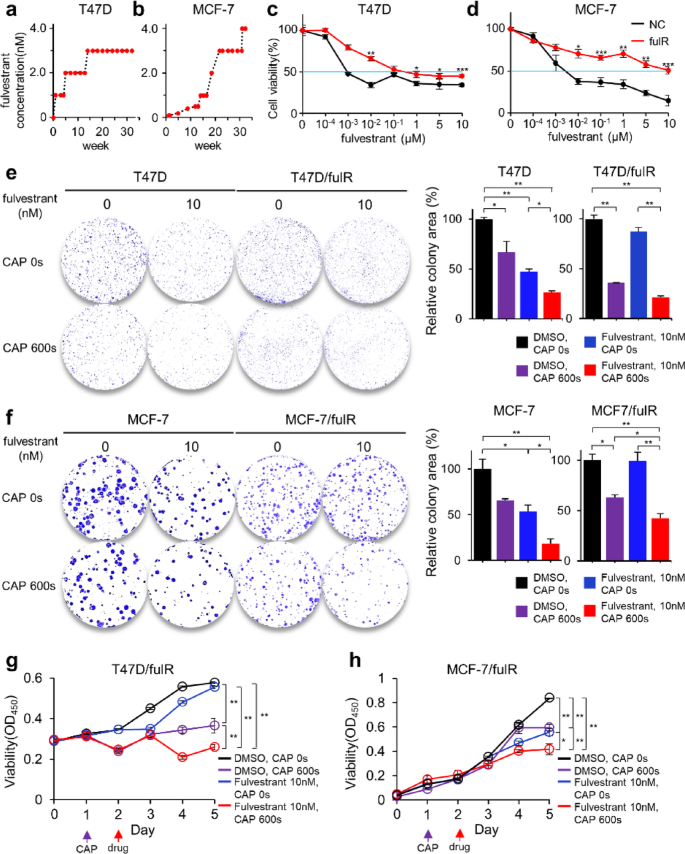Global Framework for Health Emergency Response
Introduction and Strategic Alignment with Sustainable Development Goals
A new global framework has been developed to provide a consistent and proven approach to health emergency management. Informed by the experiences of the COVID-19 pandemic and developed with input from global experts, this guidance is fundamentally aligned with the 2030 Agenda for Sustainable Development. Its primary objective is to strengthen national capacities to respond to health emergencies, directly contributing to the achievement of several Sustainable Development Goals (SDGs), most notably SDG 3 (Good Health and Well-being).
Context: Escalating Health Threats and the Imperative for Action
Drivers of Health Emergencies
The frequency and complexity of health emergencies are increasing globally. This trend is driven by a confluence of factors that challenge existing public health infrastructures and necessitate a more robust, integrated response mechanism. Key drivers include:
- Climate Change (SDG 13): Altered weather patterns and environmental degradation are increasing the incidence and geographic range of infectious diseases and climate-related disasters, demanding enhanced resilience and adaptive capacity.
- Urbanization (SDG 11): Rapid and often unplanned urbanization creates conditions for rapid disease transmission, making resilient and sustainable urban communities a critical focus for emergency preparedness.
- Geopolitical Shifts and Global Mobility: Increased movement of people and goods, alongside geopolitical instability, accelerates the cross-border spread of health threats.
Framework Components and Operational Structure
The Health Emergency Preparedness, Resilience and Response (HEPR) Architecture
The framework consolidates the core components of the HEPR architecture, which integrates over 300 recommendations formulated in the wake of the COVID-19 pandemic. It is designed for government authorities and all stakeholders, providing practical tools such as checklists and flowcharts to guide a multi-sectoral response. This collaborative approach is essential for achieving SDG 17 (Partnerships for the Goals) by fostering effective public, public-private, and civil society partnerships.
Phased Approach to Emergency Management
The framework outlines a clear, structured process for managing the entire lifecycle of a health emergency. This systematic approach strengthens institutional capacity, a key target of SDG 16 (Peace, Justice and Strong Institutions).
- Detection and Notification
- Risk Assessment
- Activation of Emergency Procedures
- Coordinated Response Interventions
- Operational Review and Performance Evaluation
Performance Metrics for Enhanced Accountability and Efficacy
A central feature of the framework is the integration of performance evaluation, building upon the 7-1-7 evaluation model. This model establishes clear timelines and targets to ensure rapid and effective action, directly supporting SDG 3.d, which calls for strengthening the capacity of all countries for early warning, risk reduction, and management of national and global health risks.
- 7 Days: To detect a potential outbreak or health threat.
- 1 Day: To notify relevant public health authorities.
- 7 Days: To complete initial early response actions.
By providing this unified and measurable framework, the new guidance enables countries to better respond to any health emergency, minimizing suffering and death and advancing the global commitment to sustainable development and health security for all.
Analysis of SDGs, Targets, and Indicators
1. Which SDGs are addressed or connected to the issues highlighted in the article?
-
SDG 3: Good Health and Well-being
The article is centered on a new framework for managing health emergencies. It directly addresses the need for robust systems to handle health crises, minimize suffering and death, and strengthen national capacity for emergency response, which are core components of ensuring healthy lives and promoting well-being.
-
SDG 13: Climate Action
The article explicitly states that health emergencies are becoming more frequent and complex due to factors including “climate change.” This establishes a direct link between climate action and health security, as strengthening resilience to health emergencies is part of adapting to climate-related hazards.
-
SDG 17: Partnerships for the Goals
The framework was “Developed with input from global experts and organizations” and promotes a “coordinated, multi-sectoral response.” This highlights the importance of collaboration and partnerships among governments, WHO, and other stakeholders to achieve effective health emergency management, which is the essence of SDG 17.
2. What specific targets under those SDGs can be identified based on the article’s content?
-
Target 3.d: Strengthen the capacity of all countries, in particular developing countries, for early warning, risk reduction and management of national and global health risks.
The entire article focuses on a new WHO guidance framework designed to strengthen “national capacity for emergency response.” It provides “tools and strategies needed for a rapid, coordinated, multi-sectoral response” and outlines stages from “detection and notification to risk assessment,” directly aligning with the goal of strengthening capacity for managing health risks.
-
Target 13.1: Strengthen resilience and adaptive capacity to climate-related hazards and natural disasters in all countries.
By identifying climate change as a driver for the increasing frequency and complexity of health emergencies, the article connects the new framework to building resilience. The framework equips authorities to better respond to these crises, thereby strengthening their adaptive capacity to health emergencies that are exacerbated by climate-related factors.
-
Target 17.16: Enhance the global partnership for sustainable development, complemented by multi-stakeholder partnerships that mobilize and share knowledge, expertise, technology and financial resources…
The article mentions the framework was developed with “input from global experts and organizations” and references “existing guidance from WHO and partners.” This collaborative development and sharing of knowledge and strategies is a clear example of a global partnership aimed at strengthening health systems.
3. Are there any indicators mentioned or implied in the article that can be used to measure progress towards the identified targets?
-
The 7-1-7 Evaluation Framework
The article explicitly mentions and defines this framework as a key component of its guidance. It “sets performance targets of 7 days to detect an outbreak, 1 day to notify public health authorities, and 7 days to complete early response actions.” These are concrete, measurable indicators for evaluating the performance and capacity of a country’s health emergency response system, directly relating to Target 3.d.
-
Adoption and Implementation of the WHO Framework
The existence and use of the new guidance itself can serve as an implied indicator. Measuring the number of national and subnational authorities that adopt and integrate this “consistent and unified framework” into their emergency management protocols would indicate progress in strengthening national capacity (Target 3.d) and building resilience to climate-related health hazards (Target 13.1).
-
Establishment of Multi-sectoral Response Mechanisms
The framework’s emphasis on a “coordinated, multi-sectoral response” implies that the formation and activation of such collaborative mechanisms at national and subnational levels can be used as an indicator. This measures the effectiveness of partnerships (Target 17.16) in health emergency preparedness and response.
SDGs, Targets and Indicators Table
| SDGs | Targets | Indicators |
|---|---|---|
| SDG 3: Good Health and Well-being | Target 3.d: Strengthen the capacity of all countries… for early warning, risk reduction and management of national and global health risks. | Explicit: The 7-1-7 evaluation framework (7 days to detect, 1 day to notify, 7 days to respond). Implied: Adoption rate of the new WHO guidance framework by national authorities. |
| SDG 13: Climate Action | Target 13.1: Strengthen resilience and adaptive capacity to climate-related hazards and natural disasters in all countries. | Implied: Implementation of the WHO framework as a measure of enhanced resilience to health emergencies driven by climate change. |
| SDG 17: Partnerships for the Goals | Target 17.16: Enhance the global partnership for sustainable development, complemented by multi-stakeholder partnerships… | Implied: The collaborative development of the framework with global experts and partners; establishment of coordinated, multi-sectoral response mechanisms as promoted by the framework. |
Source: who.int







